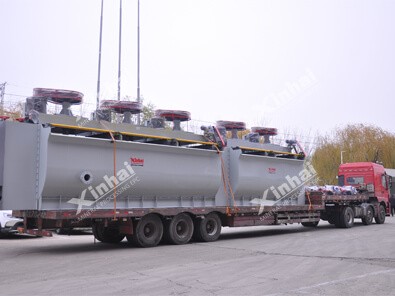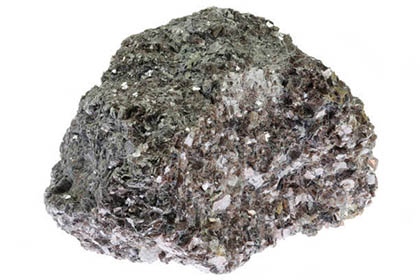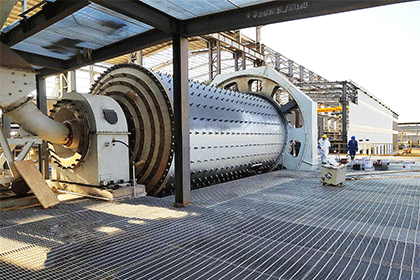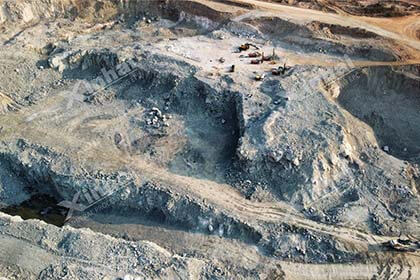An In-Depth Look at Lithium Mining
 Shirley
Shirley
 Aug 30, 2023
Aug 30, 2023
 952
952
If you want to know more details about equipment, solutions, etc, please click the button below for free consultation, or leave your requirements!

Lithium, a key component in modern technologies, has become increasingly important due to the rise in demand for renewable energy and electric vehicles. This guide aims to provide a comprehensive overview of lithium mining, detailing the steps from extraction to its use in various industries.
01What is Lithium?
BackLithium is a soft, silvery-white alkali metal. Due to its high reactivity and flammability, it is rarely found in its pure form in nature. Lithium is often extracted from mineral deposits or from brine in evaporated salt lakes.

02Lithium Mining and Extraction
BackThere are two main methods of lithium extraction: mining from spodumene, a hard rock mineral, and extracting from lithium-rich brine pools.
Mining from Spodumene
Spodumene mining involves traditional open-pit mining methods. After mining, the spodumene ore is crushed and heated in a kiln to create spodumene concentrate, which is then subjected to flotation. This process involves mixing the spodumene concentrate with water, detergent, and oil to create bubbles that attract lithium and bring it to the surface. Before we have talked about the spodumene lithium extraction process.

Extraction from Brine Pools
In contrast, lithium extraction from brine involves pumping saline, mineral-rich water from below the surface of dried lakebeds. The brine is then left to evaporate over a period of months, concentrating the lithium salts. Once these salts reach an optimal concentration, they are pumped to a recovery plant where lithium carbonate is extracted through a chemical process.
03Lithium Purification and Refining
BackThe lithium carbonate extracted from the recovery process still contains impurities that must be removed. The purification process usually involves treating the lithium carbonate with hydrochloric acid. This process transforms the lithium carbonate into lithium chloride, which is then purified using electrolysis to produce pure lithium.
04Applications of Lithium
BackLithium's unique chemical properties make it highly valuable in a variety of applications:
Battery Production: Lithium-ion batteries have become increasingly important due to their high energy density and rechargeability. They are used in a wide range of products, from electric vehicles to portable electronic devices.
Glass and Ceramics: Lithium compounds are used in the production of glasses and ceramics. They help to reduce melting temperatures and improve thermal shock resistance.
Grease: Lithium grease is a high-quality lubricant used in a variety of industrial applications due to its high resistance to heat and corrosion.
Air Treatment: Lithium chloride and lithium bromide are used in air conditioning and industrial drying systems due to their hygroscopic properties.

05To Wrap Up
BackIn conclusion, lithium mining is a complex process with significant implications for numerous industries. As demand for lithium continues to grow, it's essential to develop and adopt sustainable mining practices to ensure the longevity of this valuable resource.
 +86 18716000713
+86 18716000713 xlyin@xinhaimining.net
xlyin@xinhaimining.net




 Message
Message Chat Now
Chat Now




















